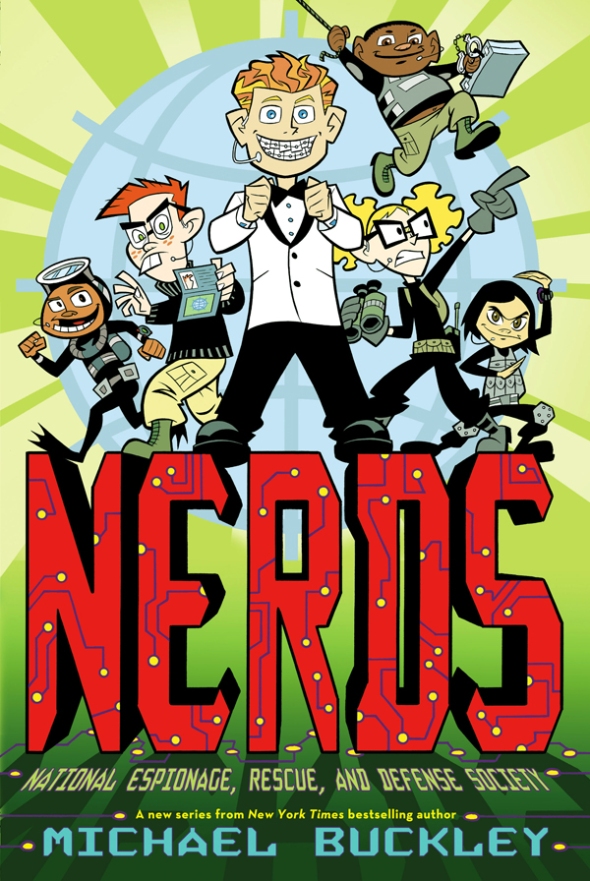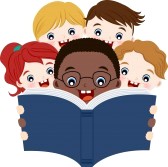Jiang, J. (1997). Red scarf girl. New York, NY: HarperCollins Publihers.
Families and Teacher
Why Red Scarf Girl?
- First-hand, historical account of the Cultural Revolution in China
- Told from the perspective of an adolescent Chinese girl
- Addresses important topics including:
- Communism
- Mao Ze-dong
- Propoganda
- The Cultural Revolution
- Idealism
- Exploitation
- Class Status
- It’s a well-written literary work that middle school students find appealing
- This book will take about 2 weeks total to read
Teachers’ Comment: Students will be exposed to new and challenging vocabulary and political concepts throughout this unit. With the help of class discussion, in-class reading, the glossary provided with the book, and additional resources, we will all gain a better understanding of the Cultural Revolution in China.
For more information visit the author’s page: http://www.jilijiang.com/red-scarf-girl/
Background Information
Map of China
Picture of Mao Ze-dong
Plot Summary:
- Red Scarf Girl by Jiang Ji-Li is a harrowing journey of a young girl growing up during the Cultural Revolution in China. This young adult novel is historical fiction account and is based upon the author’s own experience growing up in Communist China. As the story explains, young Ji-Li is overcome with excitement and fervor when the Revolution hits the scene. Young students are taught in schools about the great accomplishments of their leader, Chairman Mao Ze-dong; these young children are ready to do whatever it takes to expunge the presence of capitalism and western influences from China forever. The lengths they will go to in order to do this is sometimes shocking. Young adults renounce their families and slander those they believe to be “capitalists”. As the Revolution progresses, it becomes clear that things have gotten out of hand. People are severely beaten, detained, or shunned from their communities. Families are broken and children are forced to grow up too fast. At the beginning of the novel, Ji-Li expresses her enthusiasm for this Revolution; towards the middle she starts to question whether the practices resulting from the Revolution are right or not, and by the end of the novel she has the scars to prove that the Cultural Revolution in China did not work out the way she thought it would. In fact, it didn’t work out the way many people thought it would. This transformation of the main character juxtaposed against the transformation of China during the Revolution gives the reader an idea of what life was like during this tumultuous time. This book serves not only as a lesson about the Cultural Revolution in China, but about any political, religious, or social ideology in general. In theory, anything can sound perfect; it is only in practice that we find things go stray. Indeed, increased fervor and zeal can carry things to the breaking point, just like they did in China. Ji-Li Jiang’s Red Scarf Girl uncovers the atrocities of the past, while proving a point for the future.
Important Terms:
- Beijing: The capital of China.
- Capitalism: An economic system characterized by private ownership of property, free competition, and business profit. Communists are strongly opposed to capitalism.
- Communism: An economic system in which all means of production, such as land and natural resources, are owned by the entire community and used for the good of all its members.
- Mao Ze-Dong (1893-1976): The chairman of the Chinese Communist Party, and leader of China from 11949-1976.
- Propaganda: Information intended to promote a particular belief.
Book Trailer
http://www.youtube.com/watch?v=wfi2tykGfYg
Unit Lesson Plan on Propaganda
Students will complete this lesson for homework, and it will be discussed in class. This lesson plan will further understand our understanding of propaganda, how it affected young adolescents in China, and how it affected the Cultural Revolution in general.
Lesson Plan on Red Scarf Girl Propoganda and Communist Revolution in China


















